No products in the cart.
What is White Mold? The Ultimate Fact Sheet
by Michael Rubino // March 24
by Michael Rubino // March 24
Thanks to the lack of attention and awareness given to this fungus among us, there’s quite a lot of misinformation and uncertainty out there when it comes to indoor mold growth. With mold’s ability to pop up anywhere and everywhere throughout a home, this gray area often leads to a range of questions when a problem manages to slip in. One of the most common lines of inquiry is: what is white mold, and is it a problem?
Over the years, “toxic black mold,” which typically refers to Stachybotrys chartarum, rose in fame as the dangerous and harmful mold to avoid within homes. The singular focus on this sole species of mold spurred the unfortunate misconception that as long as mold growth in a home isn’t black, it isn’t a problem. That’s definitely false. The truth is, mold is like the skittles of nature. It comes in many shapes, sizes, colors, and textures, and no one variation is more dangerous than the next because everyone responds differently to exposure.
To clear up some of the confusion, here’s everything needed to answer the question, “What is white mold?”

Before getting into what is white mold, it’s easiest to first explain and define mold in general.
Mold is a type of fungus with over 100,000 species identified so far across the world. Each species reproduces by creating microscopic spores and releasing them into the environment.¹’² These spores can catch a ride on the air current and will float to wherever that leads, which is how they often get into places like our homes.
A spore’s ability to get anywhere and everywhere largely rests on its size. They’re so small that they’re invisible to the naked eye and are measured in a unit called microns.
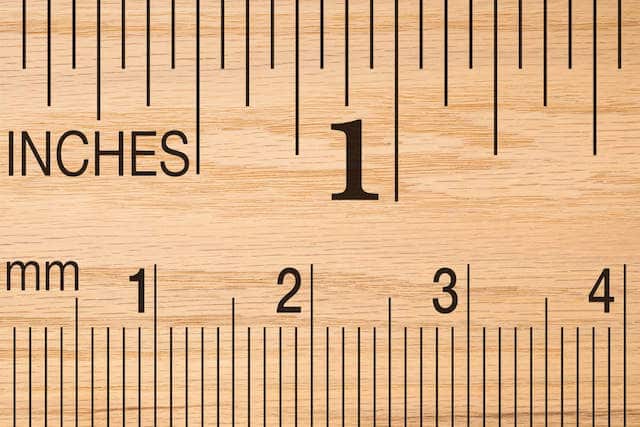
A single micron is equal to one-thousandth of a millimeter.³ To put it into perspective, you’d have to line up a thousand microns to equal the space between two of the tiny lines on a ruler. Back to spores, they typically average around 2-4 microns.
Semi-luckily, when these teeny-tiny spores make their way into a home, they will remain spores and non-living particles unless they find a habitable surface to land on. Being the hardy fungus that it is, mold only needs four main components to transition into a living mold colony.⁴
Given each of these components for 24-48 hours, a mold spore will transition into the land of the living. And it just so happens that all four components are frequently found right in our own homes.
The answer to “What is white mold?” is simple: it depends. With the ease with which mold can get into homes and with so many variations out there, the truth is that white mold could be any number of species. Some species also grow in a variety of colors, which makes it even more difficult to answer, “What is white mold?”
All of that being said, oftentimes when white mold is discovered, it’s one of the “common” molds found within homes, like Aspergillus. Just because they’re common doesn’t mean they aren’t a problem, though, contrary to what many might think. Aspergillus, in particular, is a species of mold with the ability to produce microscopic toxins called mycotoxins, which are a no-no for our health.⁵ Interestingly enough, while the FDA regulates these toxins in our foods, there’s no acceptable level within a home.⁶
But, back to “What is white mold?” The long and short of it is, white mold could be Aspergillus, Penicillium, or any other species in between; it could be allergenic, pathogenic, and toxic; and it could or could not be able to produce mycotoxins. Either way, it’s all got to go.
Another common misconception is that because mold is everywhere, it’s no big deal when it’s in the home. That’s untrue for a multitude of reasons, but the greatest one is attributed to the differences in the volume of exposure. Yes, it’s impossible to avoid exposure to mold particles in nature. With so many species and the particles’ ability to go everywhere, we can encounter them while walking into the grocery store, driving in the car, or out on a jog.
Typically, this exposure doesn’t cause a problem because it’s only a few particles. Mold growth in a home, however, doesn’t lead to exposure to a few particles. As that mold colony flourishes, it continues to release spores (and sometimes mycotoxins) into the indoor environment. Thanks to modern construction’s effort to create homes with net-zero energy efficiency, there’s very little airflow between indoor and outdoor environments. Combine that with the lack of filtration measures in place and it essentially creates an indoor air bubble full of particles.
When mold grows inside of a home, most of the particles it releases remain inside and continue to build up until the colony is removed. Again, thanks to their small size, they’ll ride the air current throughout the home, contaminating both the air and the surfaces inside.
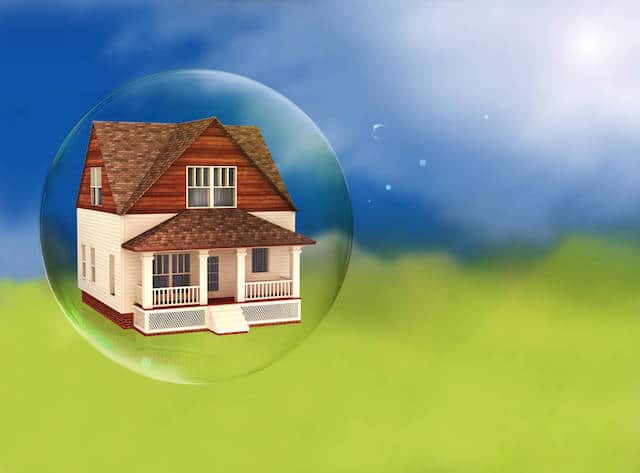
So really, the answer to “What is white mold?” is: something you do not want in your home.
The size of the particles associated with mold is the main reason this fungus among us is bad news in a home. They’re so small that they can be inhaled, ingested, and absorbed into the body. The EPA classifies these sorts of particles as particulate matter and further breaks them down into two segments.⁷
Typically, when one of these particles enters the body, the immune system will descend and get rid of it in a jiff. But, think back to the contaminated bubble house image. Mold growth in a home means that the immune system isn’t facing just a couple of particles here and there while out and about during the day. Every time someone is in a home or indoor environment, their body is facing an army of particles that can make their way inside with every breath taken or bite of food consumed.
Talk about a serious task for the immune system! The issue leading to yet another point of confusion for mold is that no two people react the same way to exposure. While one person’s immune system will go gung-ho to fight off the foreign invaders and prevent them from any major health reactions, another individual’s defenses may get bogged down and malfunction, resulting in a long list of symptoms or related autoimmune conditions. Exposure to Aspergillus, for example, can lead to a condition called Aspergillosis. ⁸
Researchers are still attempting to determine exactly how and to what extent mold exposure affects the body, but it’s a tricky subject to figure out. Factors such as lifestyle, immune system status, genetics, species of mold, presence of toxins and bacteria, and volume of exposure all play a role. What they do know is that anyone with a developing or compromised immune system is at greater risk of developing symptoms faster and to a greater extent. ⁹’¹⁰’¹¹’¹²’¹³
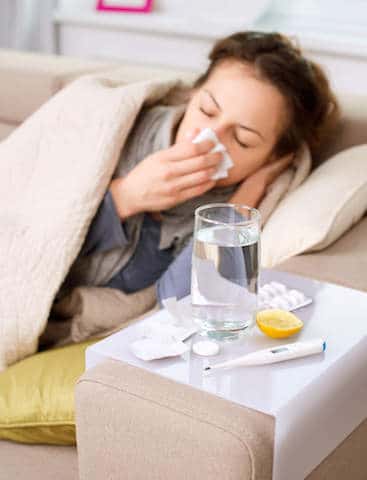
Everyone’s experience is unique, though, which is why it’s important to create awareness regarding this fungus among us. One piece of that puzzle is answering questions such as, “What is white mold?
Knowing the answer to what is white mold is important, but at the end of the day, any species of mold should be treated the same way: immediately and correctly. The species itself might not be naturally toxic, but it could still produce toxins that are harmful to health. Not to mention, mold and its byproducts aren’t the only particles at the contaminant particle party. Depending on the source of the water event that led to the growth, bacteria may be around as well.
The ability for this trio of contaminants to exist in a home is yet another reason why mold needs to be handled properly.
So, for anyone who finds mold inside of their home, here are the steps to take to kick it to the curb.
For a small issue that can be tackled yourself, the first step is to determine which surface you’re working with. These can be broken down into three categories.
Once you’ve got this settled, you’ll need the proper gear.
To make it even easier, HomeCleanse offers both a Content Cleaning Kit and a Home Detox Box to help get you started removing contaminants from a home.
From there, get rid of the mold by using proper cleaning procedures based on the surface type. Keep in mind that the entire cleaning process should be repeated at least three times to remove mycotoxins and bacteria, which stick to surfaces like super glue. The rest of the room that was affected should be deep-cleaned as well to remove any stray particles. Cleaning the entire house is a better option for decontaminating the area.
If the mold comes right back, you can attempt to clean the surface again, but it’s best to err on the side of caution and contact a mold inspector to come in and see what’s going on. There could be a hidden issue elsewhere, leading to opportunistic growth all over the home.
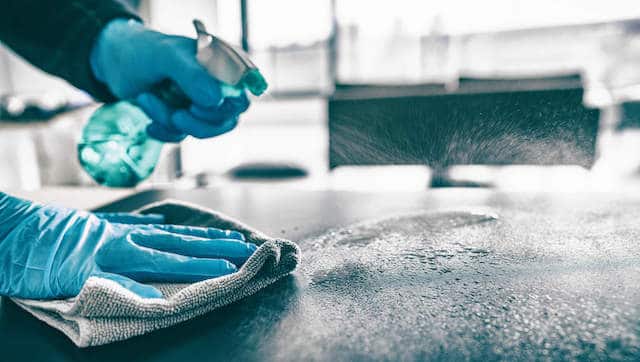
Sometimes a moldy problem requires a team of professionals to come in and ensure that the home is the safe space it’s supposed to be. Knowing the answer to, “What is white mold?” and the health problems this fungus among us can cause highlights the importance of handling any indoor mold issue quickly and properly.
First, contact a qualified mold inspector. Not all mold inspectors are built the same, though, so choose carefully. This individual should spend a few hours going through the home and thoroughly inspecting the space by collecting a range of data.
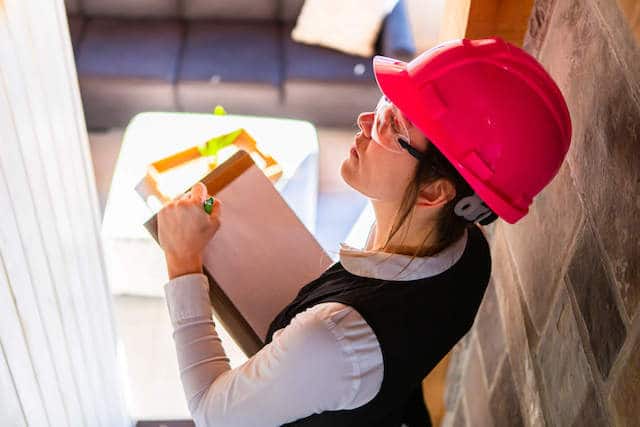
All of this information will create a detailed picture that will help a qualified remediation team get rid of the problem and help create a safe indoor environment for you and your family. This company should first and foremost prioritize your health and understand the importance of a healthy indoor environment. To achieve this, they should stand on three pillars of success.
Each box must be checked off or else the mold could come back or a bunch of contaminants could remain behind, prolonging exposure for those inside the building. Essentially, when this company finishes the project, you should be confident that the home won’t trigger chronic illness.
The best offense is a good defense. Or, in this case, the best way to handle mold is to prevent it from occurring in the home in the first place.
The goal of preventing indoor growth is to remove as many particles as possible that can opportunistically begin growing and eliminate the components they need for growth.
This list offers a great starting point for helping ensure your indoor environment is a healthy place. But, don’t try to tick them all off at once. When it comes to mold, do what you can when you can. Time and finances don’t always allow for every attempt all at once. As long as you’re actively working on creating a clean environment, you’re absolutely going in the right direction.
Mold isn’t a hot topic in society, which is why many people often ask things like, “What is white mold?” Unfortunately, this has led to improper handling of mold growth, misinformation, and a lack of attention to this indoor contaminant. Not to mention, generally failing to consider how our indoor spaces affect our health.
Creating awareness and taking action to ensure our indoor spaces aren’t filled with contaminants are both crucial steps in ensuring our continued health and wellbeing. By focusing on both, we can be prepared for any event that comes our way and have peace of mind that our homes are the safe spaces we want them to be.
Health begins at home.™

A member of our team is here to help! Click on “Get Started ➤” below to book a consultation with a member of the HOMECLEANSE team. We have a few quick questions that will help us put together a roadmap to solve or prevent all of your mold problems.
Two minutes of your time could lead to better health for you and your family.